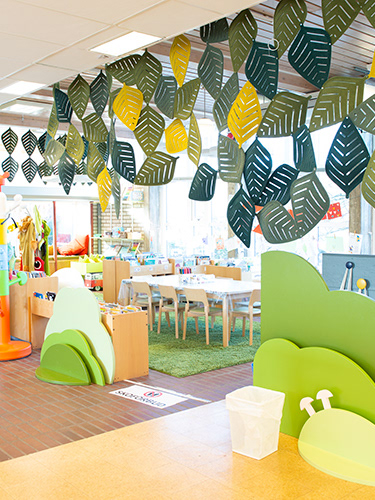Notifications have become an integral part of our daily lives, connecting us and facilitating communication with our loved ones. However, the current state of notification delivery is plagued by a significant flaw.
The incessant flow of notifications also disrupts our focus and obstructs our ability to engage in tasks and conversations.
During the project i have found that people want to limit their notifications but finds it very hard to figure out how to limit them and the interruptions that they cause
Disabling notifications often induces a sense of missing out, leading users to constantly check their phones in search of connection and information.
Current state
Since the introduction of smartphones, notifications have played a significant role in shaping human-device interaction. Despite numerous attempts to manage notification overload, the current approach remains binary and lacks adaptability. This presents an opportunity for a design solution that adjusts notifications to the user’s context, providing a more personalized and effective notification experience.
My design looks into the delivery of notifications by incorporating context. Through my research, I have looked into the frustrations experienced by smartphone and smartwatch users, who often find themselves overwhelm with disruptive notifications that lack of relevance.
To address this challenge, I propose a solution that makes the users able to apply control over how notifications are delivered in different situations, thereby adapting the notification experience to align with their current context.
Working with this approach, we can envision a notification that gives improved user engagement, efficient information consumption, and a greater sense of control over one’s digital interactions.
Through my research, I have developed a approach to incorporate notifications directly on the body. This comes from the realization that people frequently put their phones away to reduce distractions, yet they still experience the compulsion to check their devices to avoid missing out on important information.
The adaptiveness of the device makes so the notifications are delivered with the appropriate level of importance and relevance, reflecting the user’s preferences and the surrounding context.
Notifications have become an integral part of our daily lives, connecting us and facilitating communication with our loved ones. However, the current state of notification delivery is plagued by a significant flaw.
The incessant flow of notifications also disrupts our focus and obstructs our ability to engage in tasks and conversations.
During the projec i have found that people want to limit their notificiaons but finds it very hard to figure out how to limit them and the interruptions that they cause
Disabling notifications often induces a sense of missing out, leading users to constantly check their phones in search of connection and information.

